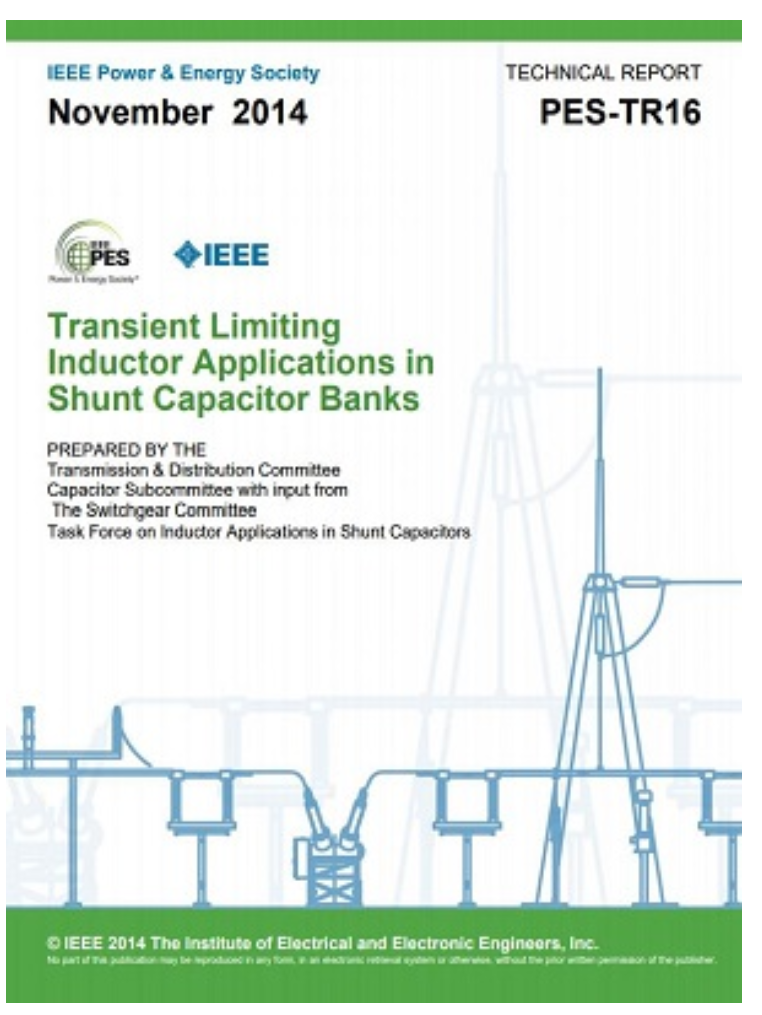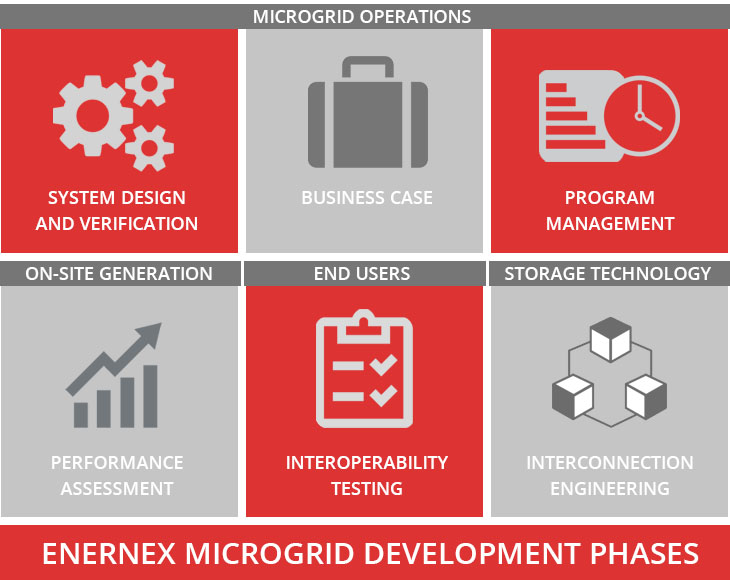 At the 2016 IEEE PES Switchgear Committee Meeting in Hilton Head, South Carolina, the Transient Limiting Inductor Applications in Shunt Capacitor Banks technical report was awarded the IEEE PES Technical Committee Prize Paper Award presented to Roy Alexander, Lucas Collette, Tom Grebe, Halim Malaj, and Joe Meisner by the Switchgear Committee of the IEEE Power and Energy Society.
At the 2016 IEEE PES Switchgear Committee Meeting in Hilton Head, South Carolina, the Transient Limiting Inductor Applications in Shunt Capacitor Banks technical report was awarded the IEEE PES Technical Committee Prize Paper Award presented to Roy Alexander, Lucas Collette, Tom Grebe, Halim Malaj, and Joe Meisner by the Switchgear Committee of the IEEE Power and Energy Society.
Transient Limiting Inductor Applications in Shunt Capacitor Banks Technical Report Released
 By: Tom Grebe, Principal Consultant
By: Tom Grebe, Principal Consultant
tgrebe@enernex.com
865-770-4880
The IEEE PES Task Force on Inductor Applications in Shunt Capacitors recently completed a technical report that is now available on the IEEE PES Resource Center website. The report was prepared by the Capacitor Subcommittee of the Transmission and Distribution Committee with input from the Switchgear Committee. The task force included representatives from utilities, equipment manufacturers, consulting firms, and universities.
I was one of the primary contributors to the technical report that took several years to complete. The report was primarily written in response to a great deal of confusion in the power industry surrounding the application of transient limiting inductors in shunt capacitor banks.
The technical report includes important information regarding how to size fixed inductors used to limit inrush currents during utility back-to-back capacitor bank switching and outrush currents through circuit breakers during close-in faults on transmission lines. In addition, the report has a summary of the potential drawbacks associated with applying transient limiting inductors, including excessive transient recovery voltages (TRVs) during certain fault conditions, harmonic tuning, and the losses associated with inductor applications.
During the past 10 to 15 years, a number of power system faults have occurred when a capacitor bank was essentially shorted-out. This condition can cause excessive transient recovery voltages that are unmanageable by many circuit breakers, resulting in the circuit breaker failing to interrupt. Some mitigation (e.g., TRV delay capacitors) may be required to prevent this problem from occurring. The report is useful because it includes guidelines and example case studies illustrating various TRV mitigation alternatives.
EnerNex used the information in the technical report during the Sudbury Substation Capacitor Bank Transient Study for NSTAR Electric. The study analyzed the new 64 MVAr, 115kV transmission capacitor bank being installed at the Sudbury Substation. The switching study evaluated the adequacy of the capacitor bank switching device based on its ability to control switching transients and with respect to its TRV capability. The study also evaluated current-limiting reactors based on energizing an isolated capacitor bank, energizing the capacitor bank considering the influence of inherent capacitance of the system (including HPFF cables), as well as the impact of other circuit breakers in the substation with respect to conducting the outrush currents of faults external to the capacitor bank. The transient analysis for the study was completed using the EMTP-RV simulation program.


